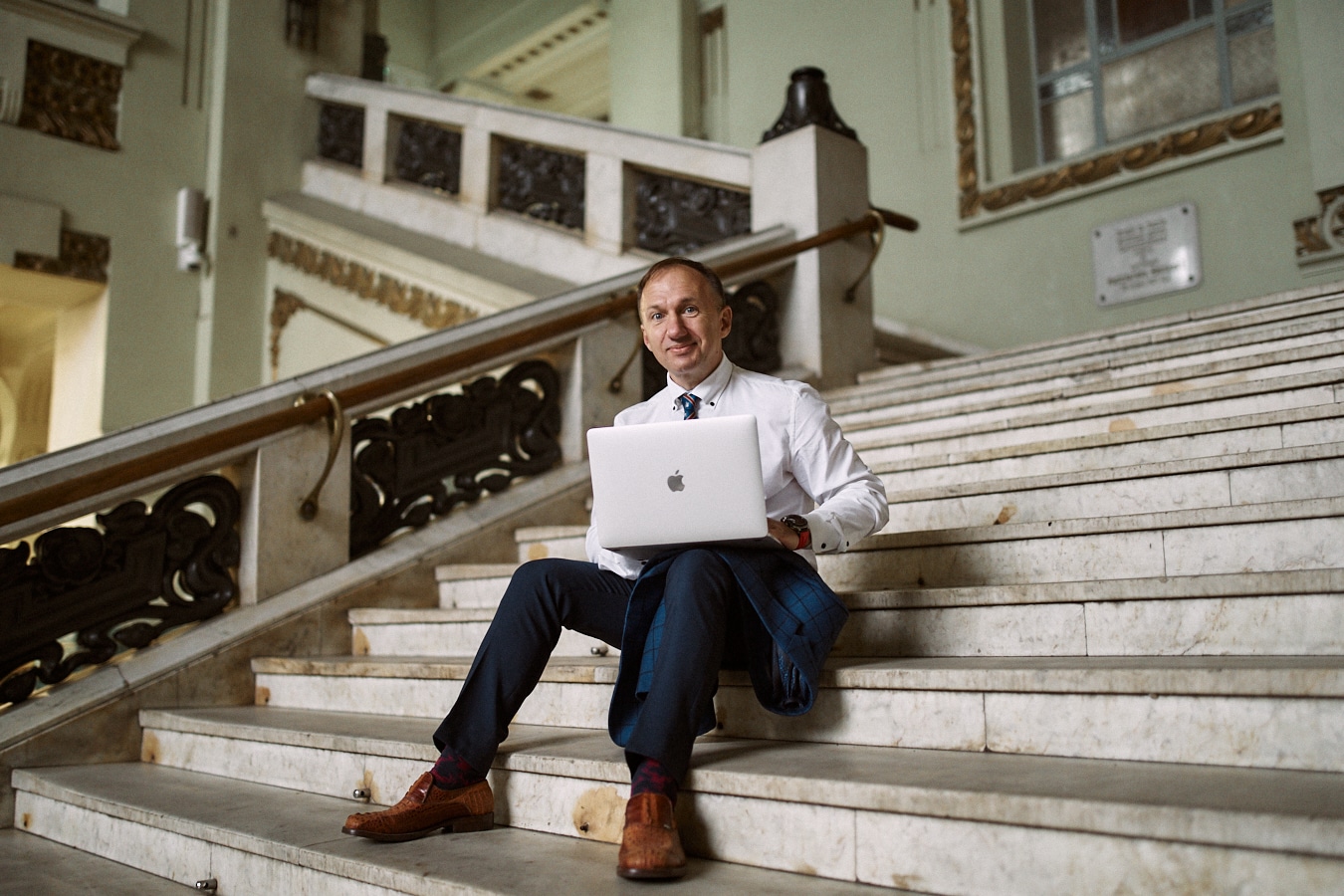ALL RIGHTS RESERVED (с) 2017
There are very few people who don’t like St. Petersburg, and they all have something in common: they’ve never been here.
St. Petersburg is officially recognized as “The Cultural Capital” of Russia.
Russian Tsar Peter the Great, a passionate reformer and the creator of the Russian Empire, founded the city in 1703 on the banks and numerous islands on the Neva river and it was the Empire’s capital for over 200 years, through its Golden and Silver Ages. St. Petersburg has 18000 (!) buildings from before 1917 and officially the world’s largest number of palaces.
But it’s not all about history: the city was recently named the most comfortable Russian city to live in and one of the world’s top tourist destinations.
It has got a certain mystique flavor to it in Russian culture, known as the city of intellectuals, artists, canals, and romance. Many Russians call it “the Venice of the North.” Spread on 44 islands connected by about 800 bridges in the delta of the Neva with its 93 rivers and canals near the Baltic sea, the city combines a rich and dramatic history with the excitement of a modern megalopolis with over 5 000 000 population.
Writers described St. Petersburg as a mysterious place, with an atmosphere that seeps into the human soul and transforms it. Our students and guests of the city say that the city is majestic, modern, but with a print of the imperial past at the same time, gray and cool, but brilliant in its culture, warm and lively – because of its citizens. And no one remains indifferent.
For those interested in Russian literature the city offers memories of great Russian classics like Pushkin, Gogol and Dostoyevsky to many great XXth century writers like Andrei Bely, Nabokov, Akhmatova, Brodsky and Dovlatov, to name a few.
St. Petersburg music tradition is as significant as that in literature: from great composers of the past like Glinka, Tchaikovsky, Rimsky-Korsakov (his museum is right across the street from the school) to the first Soviet jazz band, the first jazz club in the USSR (still open, 2 min walk from our school!) and the legendary Leningrad Rock Club.
Today St. Petersburg can satisfy every taste and overpass any expectations with its world famous Mariinsky and over 100 other theatres, about 80 museums ranging from unique art collections like The Hermitage and the Russian Museum to some unusual and exclusive places like Russian vodka museum or the Museum of Bread. The Hermitage alone has over 3 000 000 exhibits displayed in more than 350 halls of 5 beautiful buildings. The museum has so many items that less than 10 percent can be displayed at one time, while the rest of the collection sits in storage or is borrowed by other museums across the globe. Spending just a minute at each of the artifacts will take you 8 years.
In addition to great architecture and cultural treasures, St. Petersburg nightlife is vivid and varied, with clubs for every taste, it is often referred to as “the bar capital of Russia”, in addition to it’s other numerous titles. And don’t forget luxurious fitness clubs, 24/7 shopping, skating rinks, and much more!
Every season is good for learning Russian in St. Petersburg!


